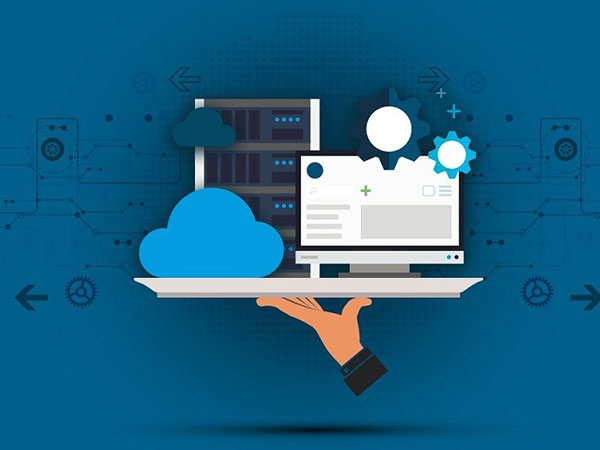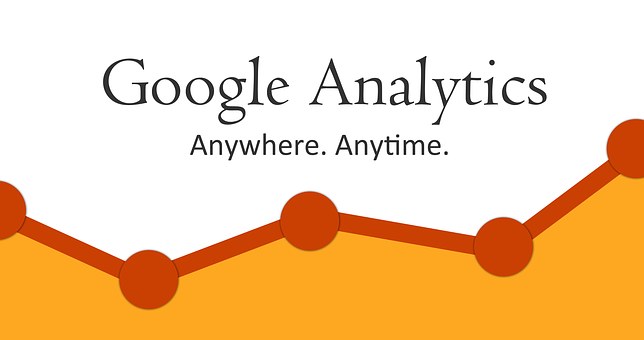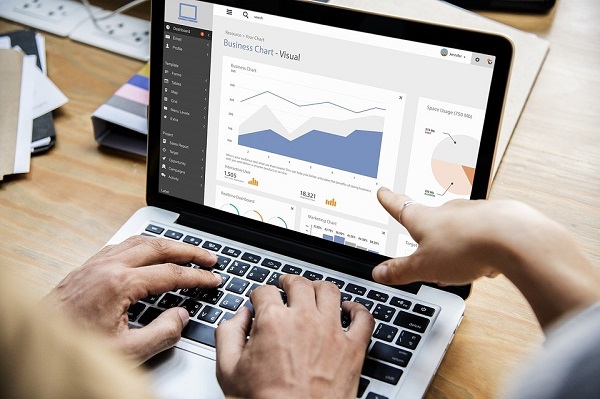In today’s production environment, digital technology, automation, and analytics are more prevalent than ever. Facilities are looking to use “big data” to make intelligent decisions on the production floor. Accordingly, mobile devices are becoming more accepted for production use. As the next step, analytics apps have begun to enhance the shop floor.
There are many reasons to utilize mobile apps in modern manufacturing. But there are hundreds of applications available today. Which apps should you choose? We will attempt to cut down on the noise and showcase 5 Analytics Apps that can help a production facility reduce operational costs.
App 1: Dozuki (Standard Work Software)
How do you feel about your current Standard Operating Procedures (SOPs)? Are they dynamic, up-to-date and visual in nature, or are they in a binder in the corner collecting dust? When you want to learn how to repair your car today, chances are you are searching through YouTube rather than cracking open a manual. Likewise, your operating procedures should also be in a similar format. Dozuki leverages these trends to help the user create visual work instructions with pictures and video.
Dozuki is designed to effortlessly incorporate video and pictures into work procedures. It is very easy to use, so it that conversion of existing procedures is a relatively simple process. Dozuki is also set up for multiple approval levels, revision history and control, and access restriction to protect information. It has everything expected in procedure management software.

Dozuki work instructions are very visual in nature
Furthermore, Dozuki contains a built-in interactive feedback process. Users can submit their feedback while following the work instruction. The procedure author can then easily incorporate a suggestion or reply in Dozuki. This feature ensures a prompt and communicative feedback loop exists for any process.
Traditionally, an operator is trained initially with no context and perhaps reviews information annually in a classroom. The pressure is on the operator to remember the training and interpret a written procedure daily. This precarious situation can now be eliminated. With an app like Dozuki, you can deliver rich information directly to the operator on the production floor. The operator can view an instructional video directly before they start a task, and easily give feedback on the process. The work instruction can be easily maintained.
Through driving standard work practices via Dozuki, you can reduce cost. As well as reduce process variation and increase efficiency overall.
App 2: Microsoft Power BI
Power BI is a visual reporting tool that can give you powerful analytics about your process. It can connect to a large list of different data sources and aggregate them together. The visuals are easy to configure, change, and drill down for further understanding. Power BI can also be set up to automatically run reports and publish them to a central web page where the entire team can see and interact with the visualizations.
Here may be a relatable scenario: a key team member is tasked with producing regular reports and printing them out. They may spend an hour or two gathering data – maybe they use Excel and some lookup functions – and then they share the charts with the rest of the team. There may be a question on certain data, and more time must be spent digging into specifics. The report will likely sit on someone’s hard drive. When a member of senior management wants an update, the report generator may need to drop everything and spend an hour crunching data. Using Power BI, this inefficient process can be done away with.

Power BI apps can be expanded and shared easily
Once the reports are set up and connected, they can be automatically refreshed multiple times daily. This provides value by saving time in repetitive report generation. You also gain benefit by report standardization – everyone is looking at the same chart. The reports are customizable for mobile viewing so that anyone with a smartphone and access can view a trend at any time. It can even be connected to advanced data sets, like Microsoft Azure, Salesforce, Google Analytics, and more.
Additionally, automatic alerts can be configured to a report metric. This functionality can be combined with PowerApps and Flow to truly automate many repetitive tasks. Thus, Power BI and related apps can free up time to focus on value generation for production.
Want to learn more about BI software? Check out the article How to choose a BI platform for your business – A complete guide.
App 3: Limble CMMS
In a production facility, equipment must be kept in good running order to make good products. As the number of assets you need to keep running smoothly increases, it becomes impossible to run an effective maintenance program without the help of some kind of maintenance software like Limble CMMS.
Maintenance tasks, equipment history, spare parts and more can be administered through a CMMS.
Limble, like Dozuki, can be configured to emphasize visual content on a mobile device. Technicians can thus have all relevant information available at the tap of a finger. The interface is very intuitive and user-friendly, so the training period is short. Notes about equipment, work order status, and time reporting can all be quickly and easily done in the field.

Limble allows for in-depth reactive and proactive maintenance work management
The implementation of this type of app will provide cost savings in two major ways – it will make your whole maintenance department more efficient at every stage, and it will help you run preventive and predictive maintenance programs that will minimize the chance of costly asset breakdowns.
From a production standpoint, having machines that work at full capacity with no major hiccups means that you eliminate many sudden operational expenses that can make a big dent in your budget.
App 4: Finale Inventory
Finale Inventory is a complete inventory management system compatible with both small and large companies. It is cloud-based and nicely set up for in-app mobile incorporation. Finale is also built to integrate with many other platforms. So, you won’t have to overhaul the existing order or financial systems. Multi-warehouse support is available, which allows the ability to manage inventory across multiple locations.

Finale offers many inventory management options
Finale also comes with business analytics tools to help the business understand their inventory data more fully. For example, Finale has a stock auditing function which checks your current inventory for errors. In addition, it can automatically recalculate the best time to reorder items. These functions assist facilities in driving down their inventory costs.
App 5: Seeq
Seeq is an analytics app that allows process owners to gain deep insight into their processes rapidly. Rather than plotting out data sets, poring over statistics, and writing detailed reports, process owners can use Seeq to find and share their findings.
The Seeq user interface accesses your data historian. The user can then explore time series data to find deeper understandings about cause and effect. This method can be used to perform root cause analysis right away. Or develop predictive analytics about the current conditions of the process.
Seeq can combine various data sources into one interface, which allows for cause and effect detail on multi-unit processes. It can generate models for processes, highlighting the variables that affect productivity the greatest.

Using Seeq, you can find advanced insights into your process quickly
The power of Seeq manifests in costs savings by making advanced process insight easy for the user. This allows the production team to optimize their process, ultimately improving profitability.
Final words
As you can see there are many software solutions out there that directly and indirectly help reduce operational costs in a production-based environment.
We hope that this article shed light on some useful tools you were not aware of before.










![7 data-driven ways to optimize your online store for mobile [Infographic]](https://crayondata.ai/wp-content/uploads/2019/11/optimize-1.jpg)


![Top tips and tricks to improving your customer experience [Infographic]](https://crayondata.ai/wp-content/uploads/2019/01/customer-journey-1.jpg)










